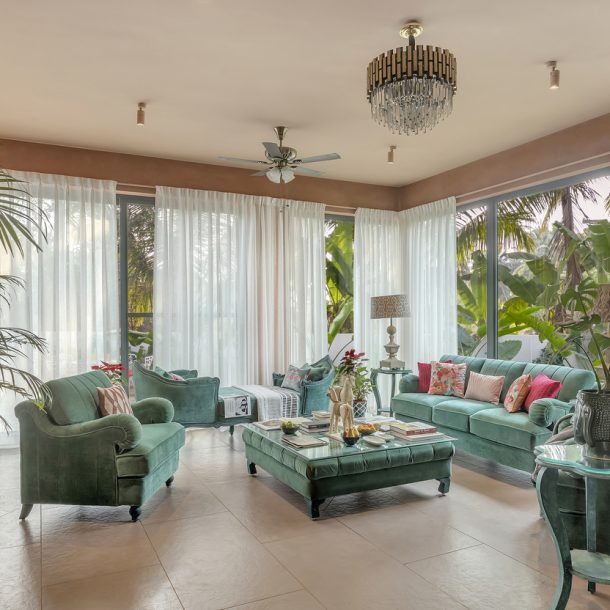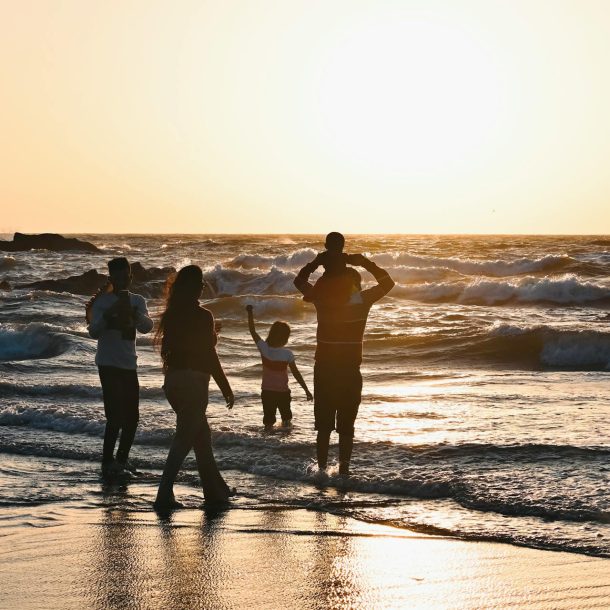
- Call Us or WhatsApp
- +91 962 777 7092
- | +91 962 777 7029
- reservations@theluxurycastles.com
- Home
- Our Villas
- 2 BHK Luxury Villas in Goa
- 3 BHK Luxury Villas in Goa
- 4 BHK Luxury Villas in Goa
- 5 BHK Luxury Villas in Goa
- 6 BHK Luxury Villas in Goa
- 7 BHK Luxury Villas in Goa
- 8 BHK Luxury Villas in Goa
- 9 BHK Luxury Villas in Goa
- 10 BHK Luxury Villas in Goa
- 11 BHK Luxury Villas in Goa
- 12 BHK Luxury Villas in Goa
- About
- Contact Us
- Blogs


